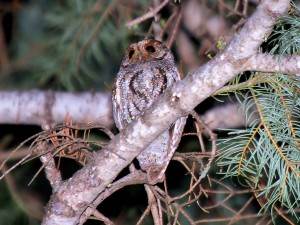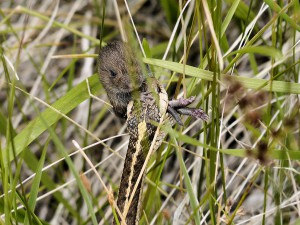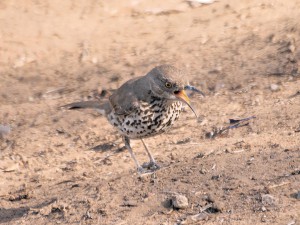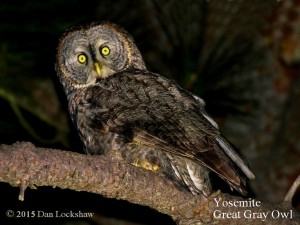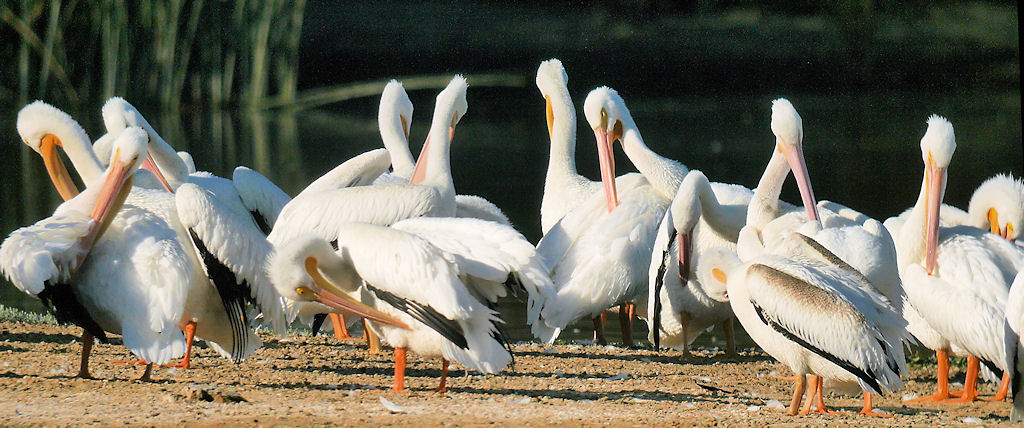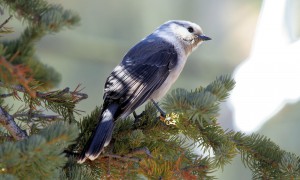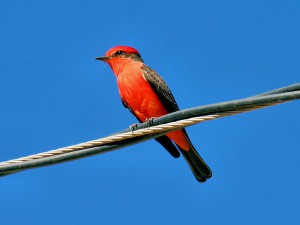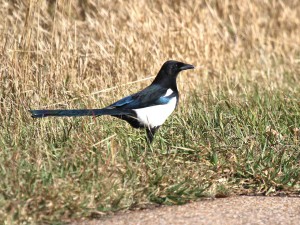Flammulated Owl – Movements
Flammulated Owl is a spring and summer resident throughout the California Sierra Nevada Mountains. It is the second smallest owl in North America, and smallest of the eared owls. Only the Elf Owl is smaller. It is also the most migratory owl in North America. This owl completely leaves the US every year for its winter haunts in Southern Mexico and Guatemala.
Flammulated Owl – Size and Habits
The Flammulated Owl is just slightly larger in size than a House Sparrow. Quite often it is 30 to 40 feet high in thick pines. Being dark brown in color and having a very ventriloquial call it is difficult to locate. The strictly nocturnal Flammulated Owl can be extremely difficult to get good looks at in the darkness of night. This is further complicated by the fact that it is almost completely mute outside of its breeding season. That time is not now. It is vocal for about a month between mid-May and mid-June. Continue reading

